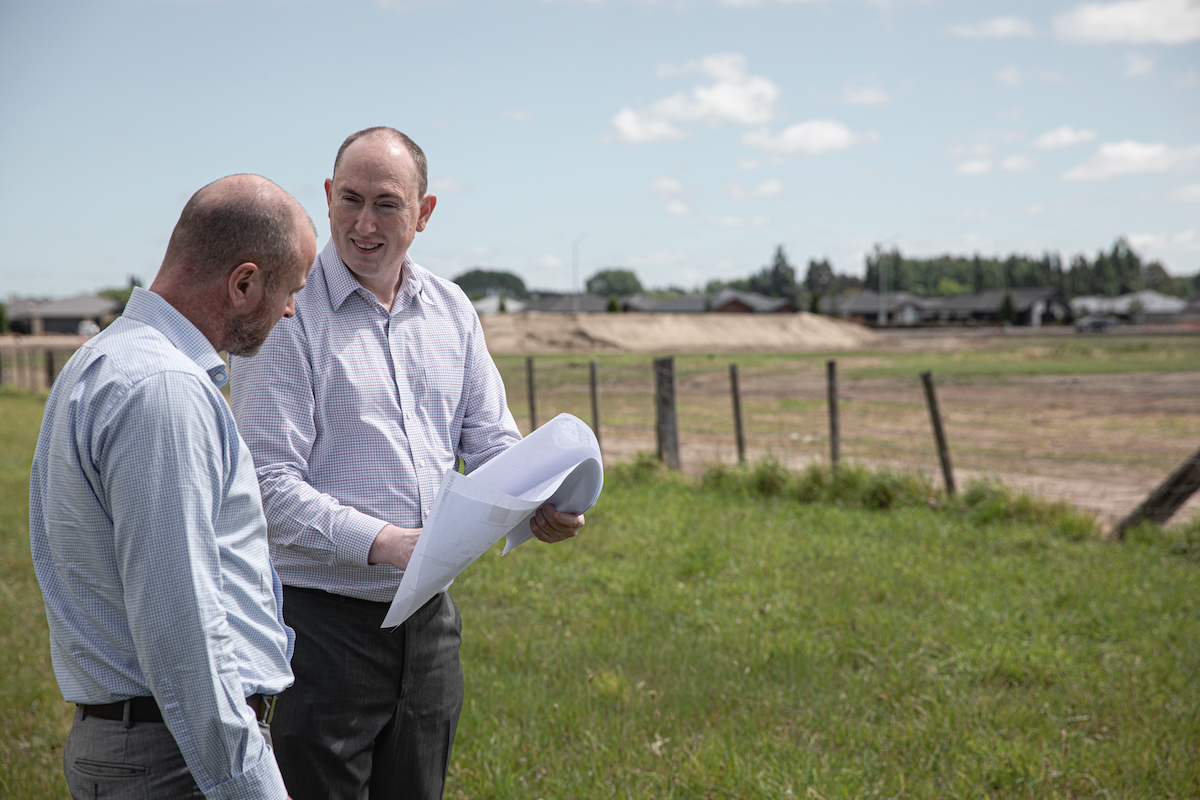By Laurie Atkinson, Planner, Baseline Group | Ph: 03 339 0401 | E: Info@blg.nz | Feb 19, 2024

New Zealand is arguably one of the most beautiful countries in the world and therefore it is no surprise that more and more people are opting to live in rural lifestyle blocks. Lifestyle blocks, despite being a rural construct, have big association to cities, with dwellers often undertaking most of their activities within the city. Lifestyle blocks have become an attractive option in Selwyn with residents living in the Selwyn district and carrying out most daily activities within Christchurch.
This article will first of all, delve into the attractiveness of lifestyle blocks, before providing a planning perspective of the constraints on the creation of them.
What is the appeal of rural lifestyle blocks?
Across New Zealand the rise of rural lifestyle blocks have risen from 100,000 in 1998 to around 175,000 today. The demand for a rural-residential block can be split up into three categories:
- People seeking a quieter lifestyle, more privacy from neighbours with the opportunity to create their own home with a large open space, whilst getting bang for their buck compared with city living.
- People wanting to pursue a hobby, which requires additional space, e.g. keeping and training horses.
- People seeking to live closer to nature and connect with the local wildlife around them.
What are some of the major planning constraints to developing a rural lifestyle block?
The Resource Management Act includes some tools for protecting rural land from development, one of the most pertinent tools currently has been created within the National Policy Statement on Highly Productive Land. The statement includes regulations as to the expansion of urban activities on the land, as well as the subdivision or further fragment of land that is considered to be highly productive, creating further complexity of the establishment of a rural lifestyle block.
Anyone considering a rural/residential subdivision in Selwyn will have to navigate the Selwyn District Council’s zoning to ensure that the subdivision and/or development complies with local planning provisions. This includes considerations for minimum lot sizes, setbacks, and environmental impact assessments. These requirements are based on the zoning of the area, with the zoning of an area established to create an intended outcome of an area.
New Zealand is a country rich in cultural heritage, and as such any future development has got to pay careful attention to preserving the cultural landscape. This may involve incorporating indigenous plantings, acknowledging historical sites, or collaborating with local iwi (Māori tribes) to ensure that the subdivision/development respects and reflects the cultural significance of the land.
What’s next for rural lifestyle blocks in New Zealand?
The rise of rural lifestyle blocks in New Zealand reflects a shifting trend influenced by a desire for a quieter lifestyle, space for hobbies, and a closer connection with nature. The flexibility in working patterns, brought about by COVID-19, has further increased demand for these blocks as people find themselves less tied to city-centre living.
Given the constraints on rural lifestyle blocks outlined above, will the demand for rural lifestyle blocks continue to rise, overcoming, or will the planning constraints and cultural considerations prove too much and limit the demand within Selwyn?
Articles you might be interested in
- What the New Planning System Will Mean for Future Developments
- Granny Flats are not lawful – Yet
- Key Fundamentals of Urban Design and how these are showcased in Rolleston
- Target Price Contracts: A Smarter Way for Developers to Avoid Budget Blowouts
- New RMA rules tighten hazard controls for urban development
- The enjoyment of private property rights
- How AI can shape our future?
- What are development contributions and how might they affect you?
- Granny Flats to Be Allowed, Without Consent: What Homeowners Need to Know
- Adapting to a Depreciating New Zealand Dollar (NZD)